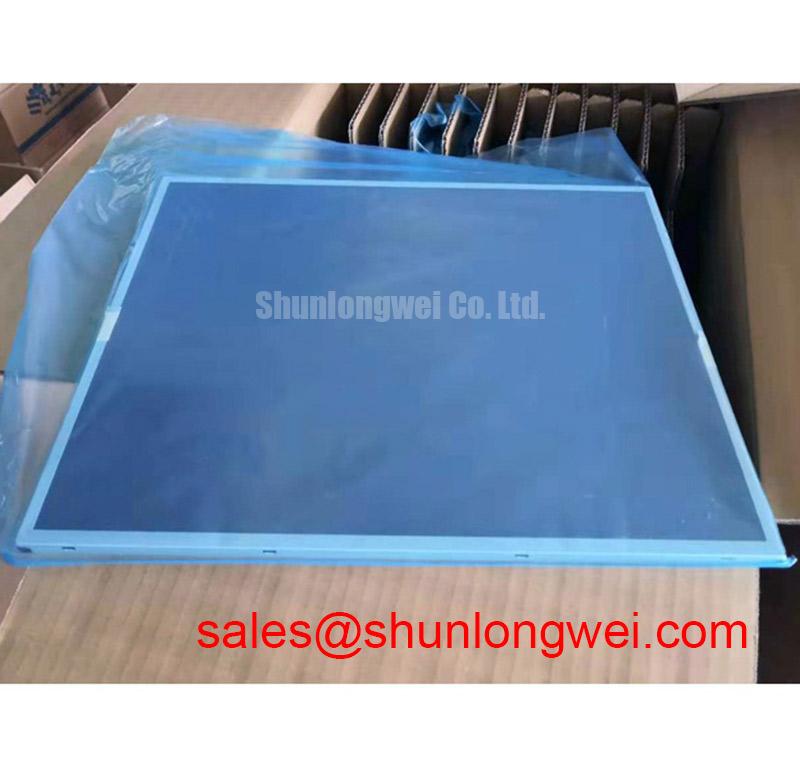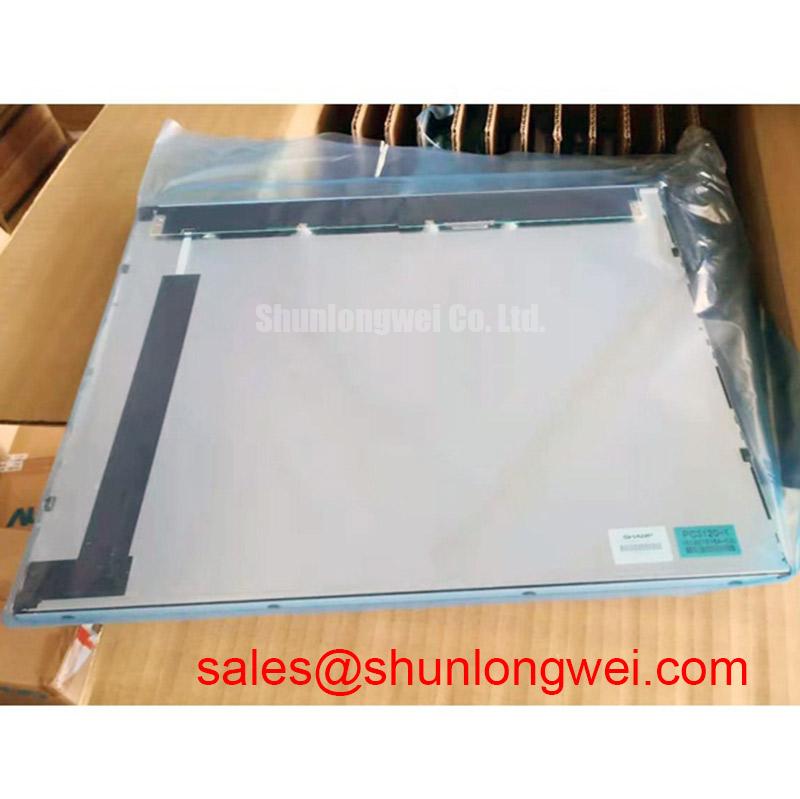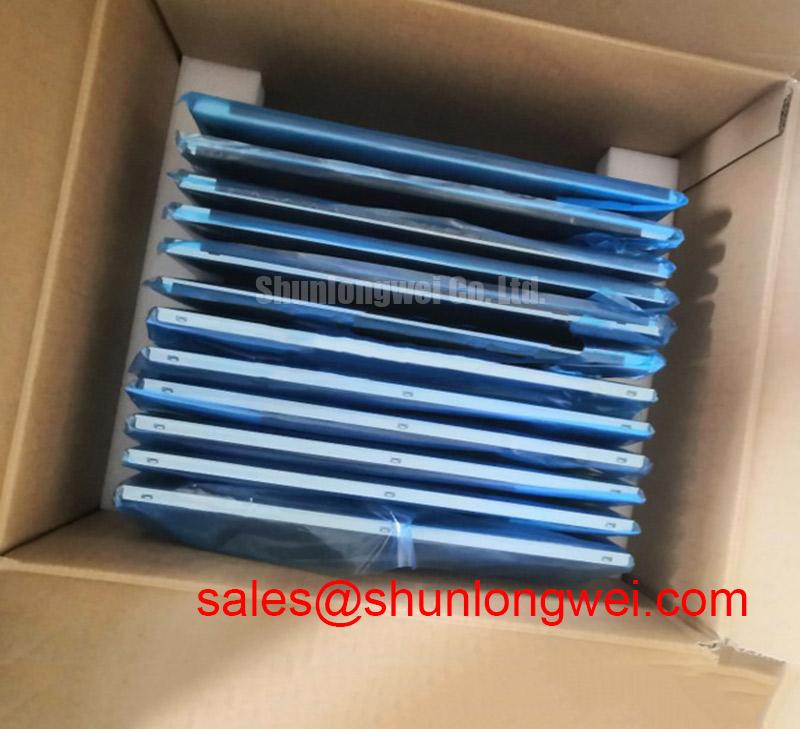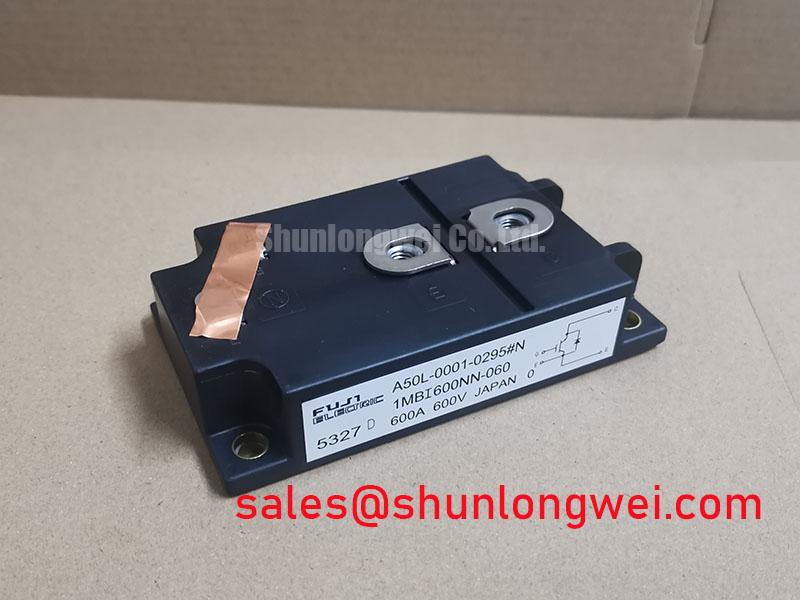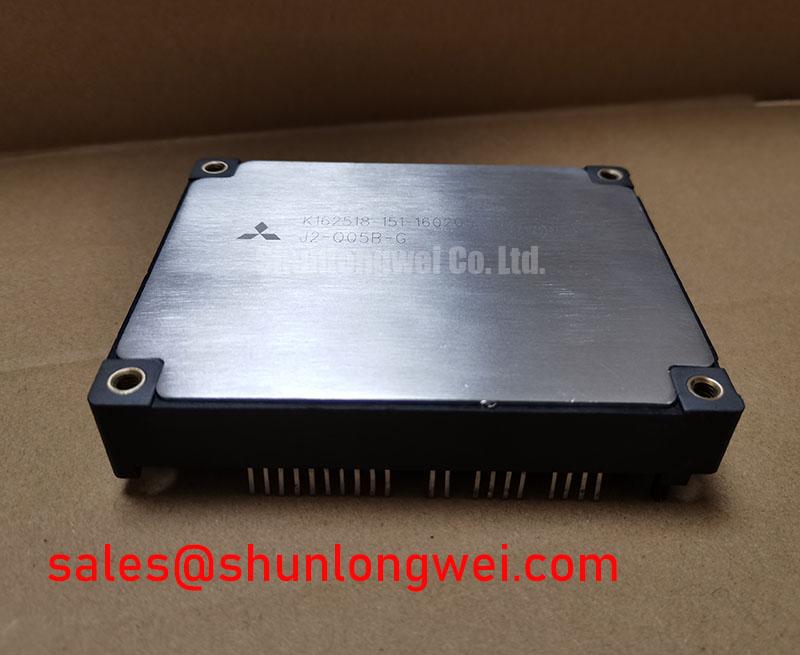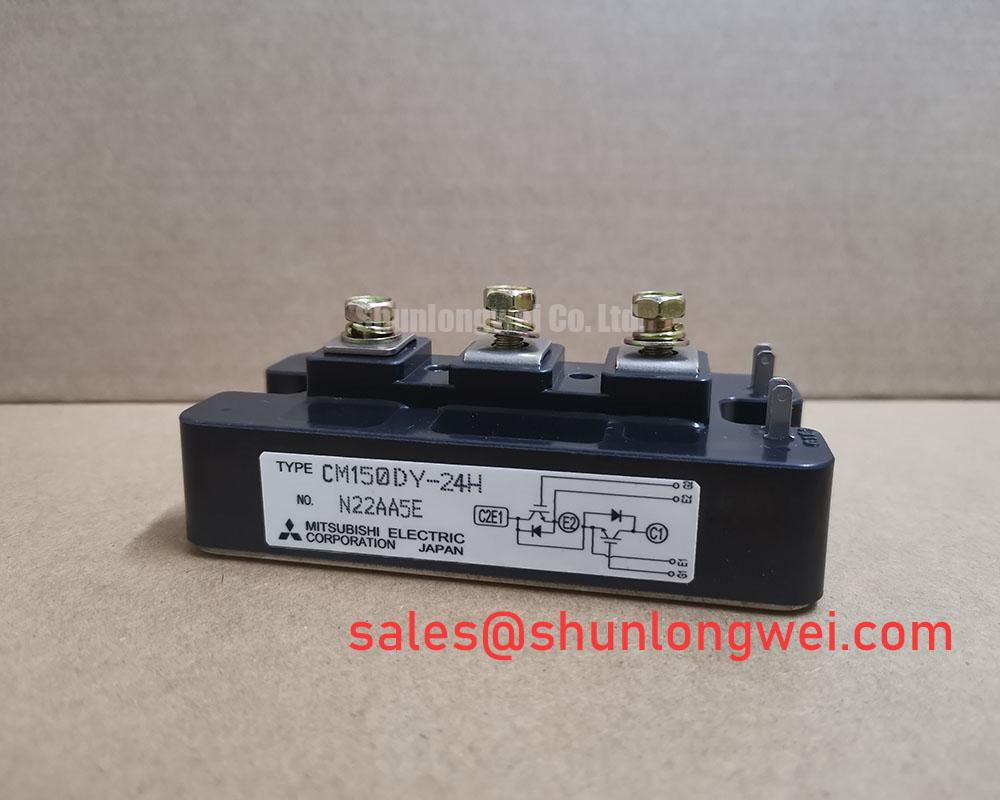LQ190E1LX77 | 19-inch SXGA+ Industrial TFT LCD Display
Engineered for Durability in Extreme Operating Conditions
As industrial automation pushes into more demanding environments, the need for human-machine interface (HMI) components that can withstand severe thermal and mechanical stress is paramount. The Sharp LQ190E1LX77 is a 19.0-inch color TFT-LCD module specifically designed to deliver unwavering visual performance and structural integrity in these challenging settings. Its construction prioritizes long-term reliability where standard displays falter. For systems deployed outdoors or in unconditioned industrial spaces, its broad operational temperature range directly addresses the engineering challenge of ensuring consistent uptime and readability across climatic extremes, reducing the need for auxiliary thermal management systems.
Core Specifications for System Resilience
The technical parameters of the LQ190E1LX77 are foundational to its reliable performance in harsh environments. These specifications provide the data necessary for engineers to design with confidence, knowing the component is verified for stability under physical and thermal loads. The display's resilience is not an abstract quality but a direct result of these quantifiable characteristics.
| Parameter | Specification |
|---|---|
| Screen Size | 19.0 inch (48 cm) diagonal |
| Resolution | 1280 (RGB) x 1024, SXGA+ |
| Operating Temperature Range | -30°C to +80°C |
| Storage Temperature Range | -30°C to +80°C |
| Vibration Resistance (Operating) | 4.9 m/s² (0.5 G) |
| Shock Resistance (Operating) | 4.9 m/s² (0.5 G) |
| Surface Treatment | Anti-glare (AG), Hard coating (3H) |
Deployment Scenarios: From Factory Floors to Field Operations
The robust feature set of the Sharp LQ190E1LX77 enables its use across a spectrum of industrial and commercial applications where environmental stability is a primary design criterion. Its ability to function without degradation in extreme temperatures and high-vibration settings makes it a suitable candidate for systems that operate beyond the confines of a climate-controlled room. For industrial HMIs requiring a large, legible display with proven resilience to shock up to 4.9 m/s², this SXGA+ module is a superior choice over less ruggedized alternatives.
- Heavy Machinery & Agriculture: Ideal for operator cabs in construction vehicles, tractors, and mining equipment, where constant vibration and wide temperature swings are the norm. The anti-glare screen ensures data is readable even in bright, open-field conditions. For a deeper look into designing for such conditions, see our guide on reliable displays in heavy machinery.
- Outdoor Kiosks & Digital Signage: The -30°C to +80°C operating range allows for deployment in outdoor ticketing machines, information points, and transportation hubs without costly environmental enclosures.
- Industrial Automation & Control Panels: On the factory floor, the display withstands the vibrations from heavy machinery and provides a clear, durable interface for process control and monitoring systems.
Data-Informed Selection for Rugged Display Integration
Evaluating a display for a rugged application involves comparing key metrics that directly impact field reliability and total cost of ownership. The LQ190E1LX77 presents a specific set of parameters that should be weighed against project requirements. This data-centric approach empowers engineers to make an informed decision based on verified performance characteristics rather than general claims.
- Thermal Headroom: The +80°C maximum operating temperature provides a significant safety margin for systems that may experience high internal temperatures due to processing loads or solar gain. What is the operational temperature range of the LQ190E1LX77? It operates reliably from -30°C to +80°C.
- Mechanical Stability: Specified vibration and shock resistance values offer a quantitative baseline for mechanical integration, ensuring the display can be mounted in mobile or vibrating structures without compromising its internal connections or structural integrity.
- Interface Protocol: The use of a standard 2ch LVDS Interface simplifies the electrical connection to the system's controller board, a crucial factor in complex industrial designs.
For applications demanding similar ruggedness in a more compact format, the 15.0-inch G150XNE-L01 presents an alternative set of specifications for evaluation.
Proven in the Field: Application Vignettes
While specifications define capability, real-world deployment demonstrates value. The LQ190E1LX77 is integrated into systems that validate its design philosophy of resilience.
- Public Transportation Systems: Utilized in platform information displays and in-vehicle driver consoles, where it endures daily vibrations and seasonal temperature extremes, delivering critical information without interruption.
- Marine Bridge Systems: The display's anti-glare surface and robust construction make it suitable for navigation and control panels on marine vessels, where sunlight, humidity, and mechanical shock are persistent challenges.
Engineering Deep Dive: The Architecture of Durability
The resilience of the Sharp LQ190E1LX77 stems from deliberate engineering choices in its materials and construction. The wide operating temperature is achieved through the selection of liquid crystal fluid and electronic components that maintain stable characteristics across a broad thermal spectrum. The specified shock and vibration tolerance is a result of a robust mechanical design, ensuring the integrity of the glass, frame, and internal connections under stress. How does its surface treatment benefit users? The anti-glare finish ensures excellent readability in bright light.
Interpreting Key Parameters
Understanding the engineering implications of key specifications is vital for effective system integration. Two parameters stand out for this model:
Strategic Implications for Industrial Automation
Integrating components like the LQ190E1LX77 is a strategic decision that supports the broader trends of Industry 4.0 and the expansion of automation into less-controlled environments. By selecting displays engineered for durability, OEMs can extend the service life of their equipment, reduce warranty claims, and enhance their brand reputation for reliability. This focus on resilient hardware is essential for building next-generation industrial systems that are not only intelligent but also capable of performing consistently wherever they are deployed.

